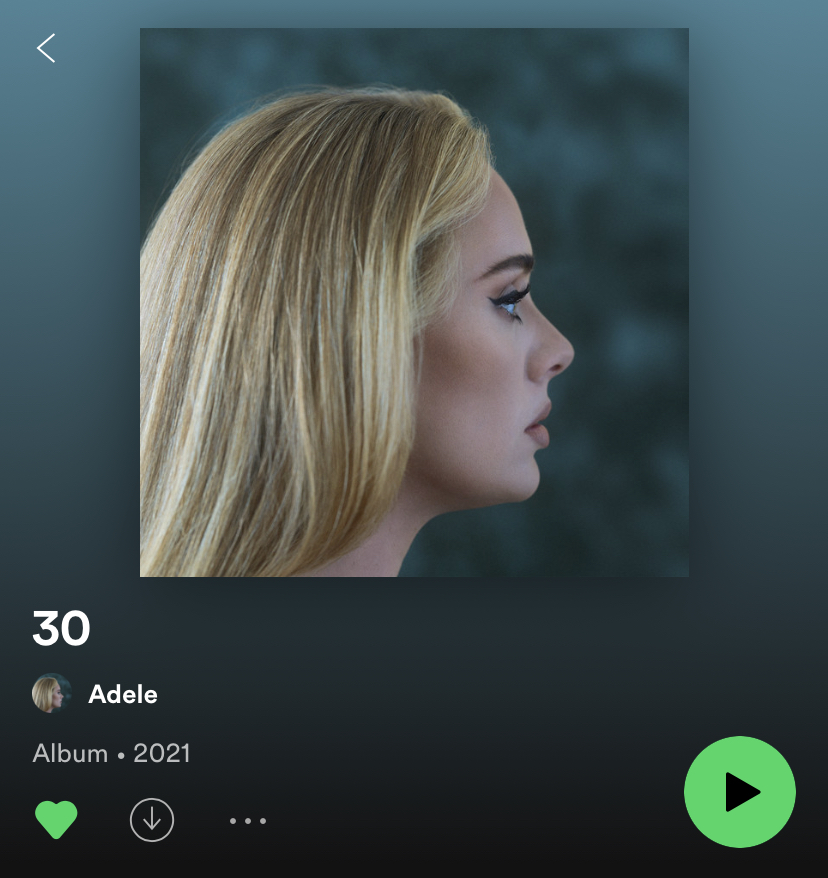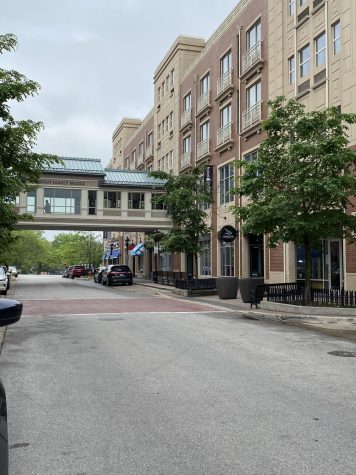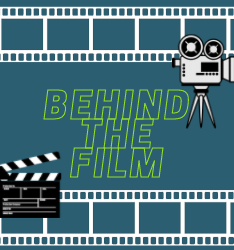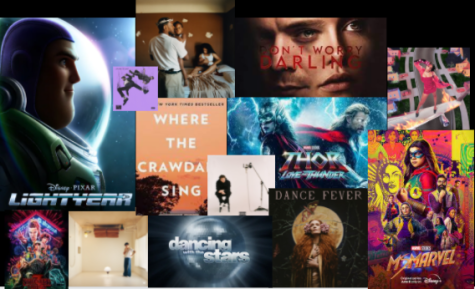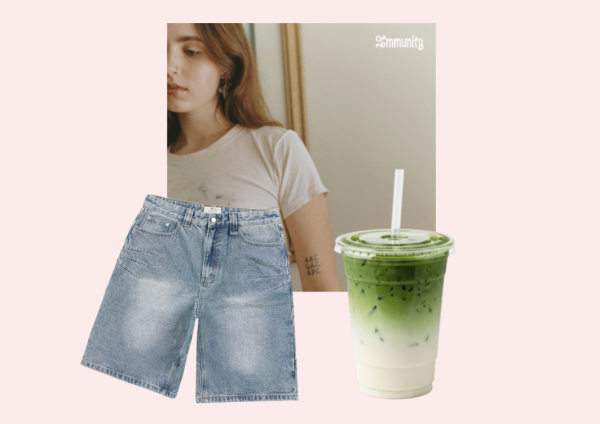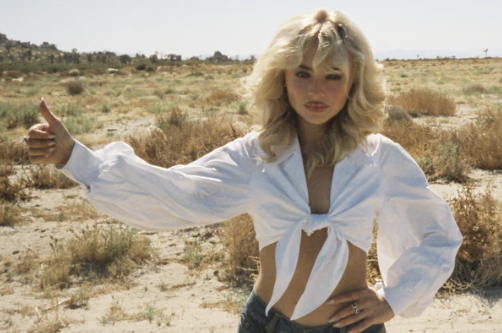A review and analysis of Adele’s comeback album, “30”
I have spent a long time searching for my no-skip album. A no-skip album, according to Urban Dictionary, is “an album… that has no bad songs, therefore you don’t need to skip any when listening to it.” To me, “30” by Adele fits the definition. Every single song on Adele’s comeback album has songwriting craft and technique that creates a cohesive, beautiful experience. After six years without releasing music, Adele proved she still has what it takes to take over the music industry.
In April of 2019, Adele and her husband, Simon Konecki, split after three years of marriage. The album is about how that divorce affected her, her son and her social and love lives. Not only does this album take listeners on an emotional roller coaster, it also showcases some of the best songwriting I have ever seen.
One of the most interesting things I found about the album is that each song is “assigned” to one of the five stages of grief: denial, anger, bargaining, depression and acceptance. Below, I’ll go through six out of the twelve songs and how they convey the stages through songwriting tools and techniques.
1. Easy on Me
Stage: Bargaining
Tool: Vocal Skill
“Easy on Me” was the only single from the album, released on Oct 14. Though it’s an emotional song and prepared us for what was to come with the album, it’s not overly intense. The intensity from Adele’s vocal technique is subtle. She begins the first verse and chorus in a heavy head voice mix belt, which essentially means a sound that has both power and lightness attached to it. It creates a reflective space and is actually how most ballads start. As the song progresses, the lyrics get more emotional and the vocals switch to a heavy chest voice mix belt (power with less lightness). It adds weight and emotion to the lyrics, and parallel to the story she’s telling. The song finishes in a full mix belt, which is equal parts of lightness and power, but also has tons of drive and build mixed in, adding depth to the story. In the song, Adele is speaking to her son and ex-husband, telling them not to be so hard on her decision to leave her marriage. As the song progresses, the lyrics and her reasoning for leaving grows more intense, just as the vocals do.
2. My Little Love
Stage: Isolation, depression
Tool: Speech
“My Little Love” is what I would define in real life as “I have depression, but I also have people who care about me.” This song tells the story of her son, Angelo, and how he dealt with the divorce of his parents and Adele’s depression. A prevalent tool in this song is the use of actual conversations between Adele and Angelo, connecting the listener to Angelo more than it could with just Adele singing. Adele wants the audience to feel empathy for her son, but also to understand her side of the story. This is why she also includes a voicemail message at the end of just her speaking.
In an interview with Apple Music, Adele explained how Angelo articulated his feelings and how he felt.
“I knew I wasn’t being as present. I was present in real life but I was so consumed [by] so many different feelings. [Angelo] piped up the courage to say to me, ‘You’re basically a ghost,’” Adele said. She presents the idea that depression isolates people and the song encapsulates a struggle between wanting to be there for the people you love and taking care of your own mental health.
3. Cry Your Heart Out
Stage: Depression
Tool: Contrast
“Cry Your Heart Out” initially seems like a stark contrast from “My Little Love.” Its upbeat instrumentals and seemingly happy melodies confuse listeners, making them wonder exactly where they are in Adele’s journey. However, she utilizes lyrical contrast to bring a whole new meaning to depression. Lyrics like “I can’t get no relief, I’m so tired of myself, I swear I’m dead in the eyes. I have nothin’ to feel no more, I can’t even cry” contrast what we hear in the background. This contrast displays her experience with depression, suggesting that she has good days and bad days. The happier beats in the song also allow for an emotional break for listeners, as Adele explained in her Apple Music interview.
“If you want to listen to the lyrics, it’s clear it’s about depression, but if you don’t want to, it’s just a little [upbeat song],” she said.
4. I Drink Wine
Stage: Depression
Tool: Lyrics
“I Drink Wine” is my favorite song on the album. Its chorus melody and cool tones create such a wonderful listening experience. A lot of what I have already talked about is included in this song, so I decided to analyze some of my favorite lyrics.
“Listen, I know how low I can go, I give as good as I get. You get the brunt of it all ’cause you’re all I’ve got left. Oh I hope in time, we both will find peace of mind.”
This lyric in the bridge relates back to “My Little Love” where she’s discussing how her depression affected her son. She’s self aware of how she can’t project all of her emotions onto the one person who can make her feel more like herself. The hope displayed in the final sentence alludes to what we will discover in later songs, but not where we are currently in the journey.
“When I was a child, every single thing could blow my mind. Soaking it all up for fun, but now I only soak up wine.”
This line is the only time she mentions wine in the entire song, despite its title. She’s talking about how she loved learning and was curious about the world around her as a child, hence the added “for fun,” however, now it’s as if she doesn’t have the energy to try after being hurt by curious and new things, or love. This is solidified in the next lyrics: “They say to play hard, you work hard, find balance in the sacrifice. And yet I don’t know anybody who’s truly satisfied.”
She’s seen people work hard for their goals and find balance in their lives and yet they still aren’t satisfied. There’s a desire and passion, but a loss of energy and willingness to work hard. Wine represents that loss of energy as well as Adele’s dissatisfaction with her life. It’s also the physical coping mechanism she uses to deal with this loss of energy.
5. Hold On
Stage: Isolation
Tool: Motifs
The song utilizes motifs by having the recurring “Hold On” melody come back in different forms. It’s first introduced by an almost angelic background voice that represents Adele’s inner voice telling her to hold on despite her loneliness and isolation. The melody then moves to a more prevalent choir which is made up of Adele’s real friends.
“[The motif] they’re all singing is what my friends used to say to me. That’s why I wanted them to sing it, rather than an actual choir,” Adele explained to Genius.
In the last chorus, Adele sings the motif as a part of melody. The power she adds to the motif tells the listener that she finally believes in the words ‘hold on.’ The motif comes full circle and doesn’t leave the listener wondering if Adele truly ‘held on’ through the divorce. A background motif was also used in “My Little Love.” In that song, it represented her son being a steady foundation for her during a turbulent time– different from this one, where she’s telling him to hold on and that everything will be alright.
6. To Be Loved
Stage: Acceptance
Tool: Build
“To Be Loved” is the emotional climax of the album. It’s Adele’s final reflection on both her marriage and love in general. The song is six minutes and 44 seconds long, allowing lots of time to build both emotionally and vocally. Similar to “Easy on Me,” the song starts in a very reflective tone and includes vocal space, causing the listener to start back at the beginning of Adele’s journey along with her. The vocals grow more intense and powerful around the end of the second chorus and bridge. This brings more emotional weight to the lyrics she’s singing. The piano also crescendos, which offsets some of the vocals from being too intense. Overall, the song builds in a slow way that adds a lot of weight and power to the lyrics.
I love each and every one of these songs solely because they represent some of the best songwriting of this generation. In the Apple Music interview, Adele recounted that during the making of “30,” producers were pushing her to market her music to social media, specifically TikTok. She said no wholeheartedly, which to me proves she’s one of the best artists out there. She isn’t making music for teenagers, or anyone else in the world, but herself. Music needs to be a connection between the artist and the listener, and if the artist isn’t making music for themselves, that connection won’t happen. The audience needs to feel or experience something new, and Adele achieved just that with this album.
Lastly, if you take anything from this review, it should be this:
1. Listen to “I Drink Wine.”
2. Invest in music. Dive into what the artist is trying to teach you about their life and experiences. It might teach you something about yours.

Grace is a senior at North and is thrilled to begin her second year of The North Star as Managing Editor. She’s excited to pursue her own journalistic...

